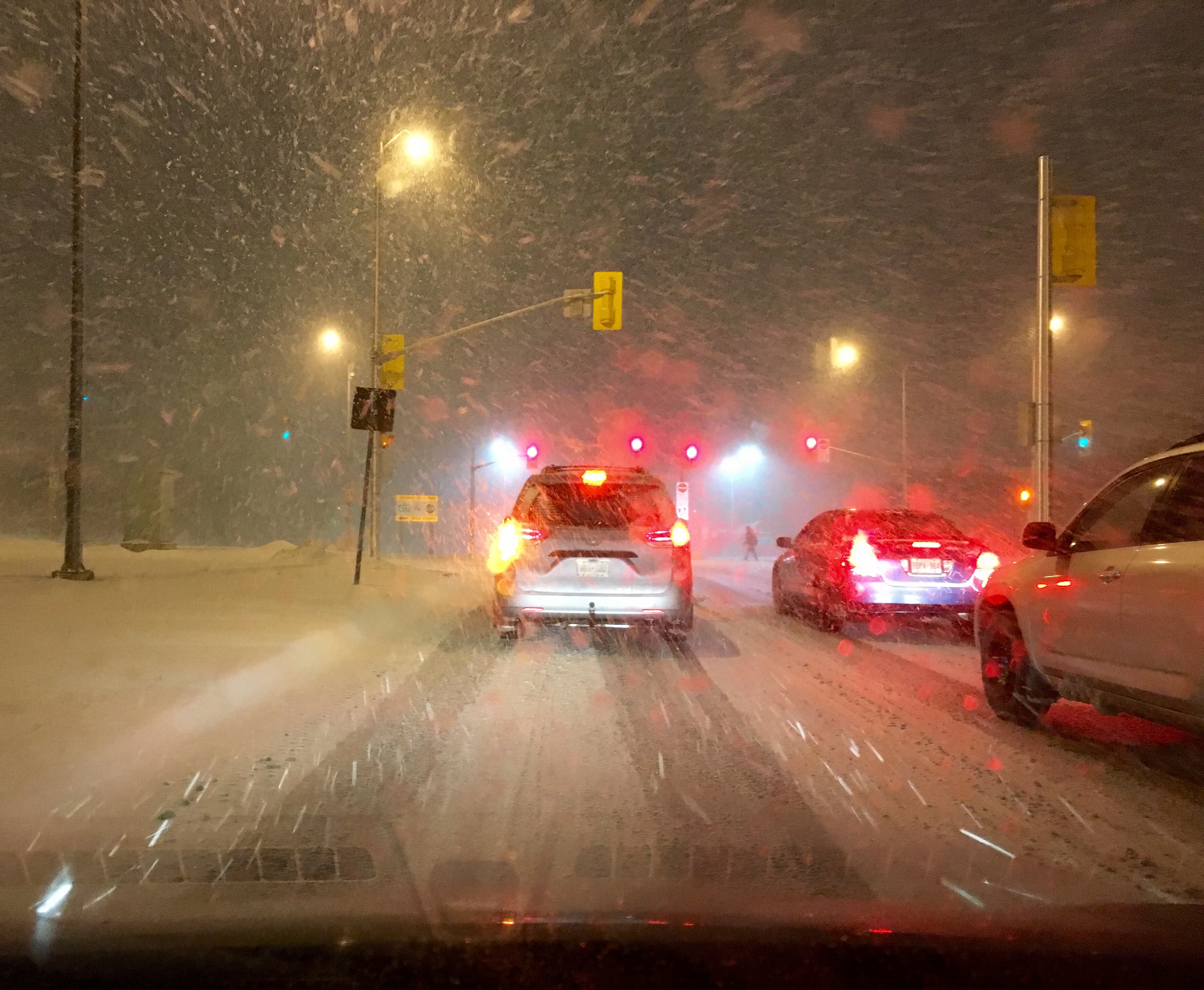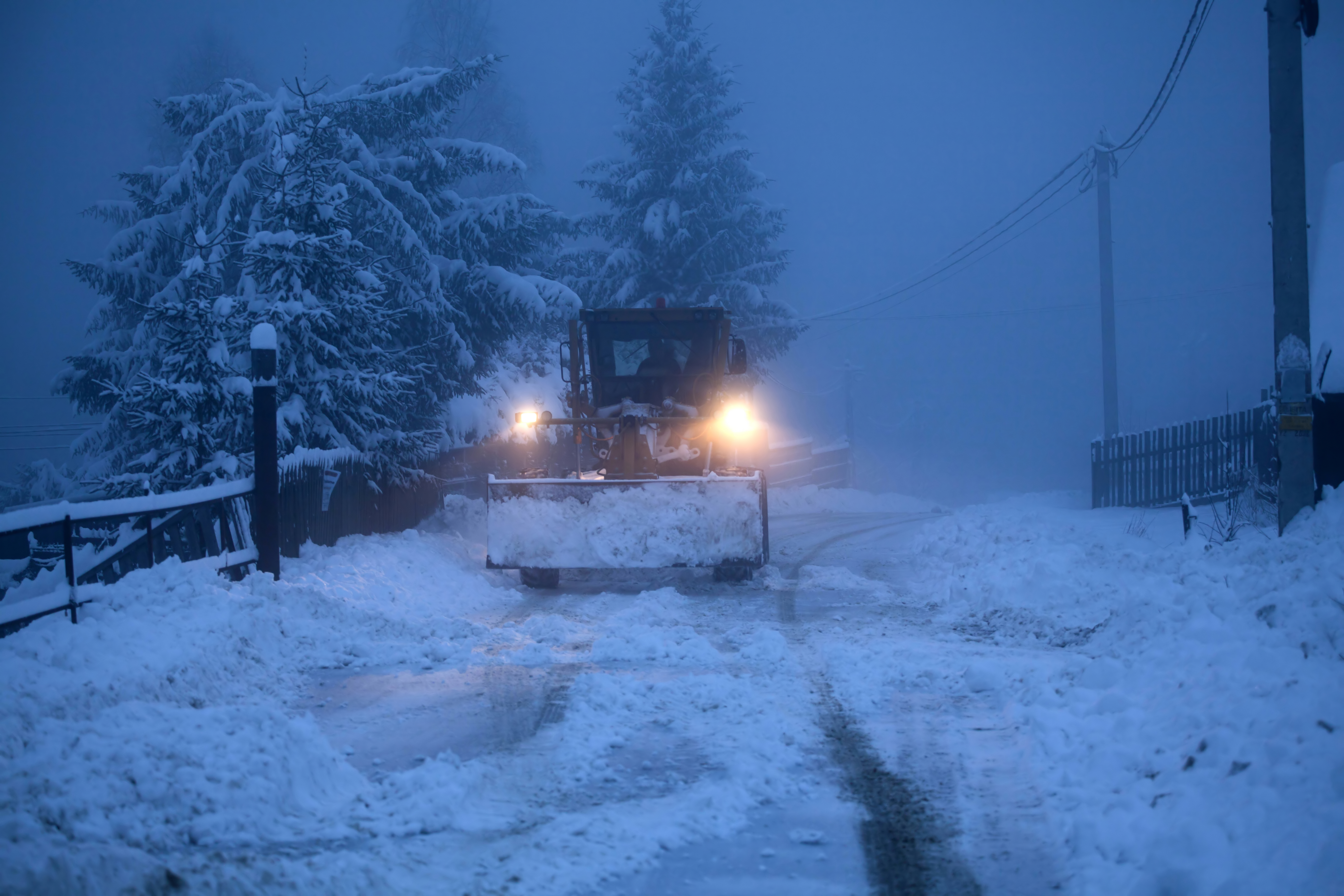Winter Weather Response Plan for Your Business - Part 1: Assessment and Pre-Planning Steps

Discover how to create an effective winter weather response plan for your business with this comprehensive guide. Learn the key steps and considerations to ensure your business can successfully navigate through challenging winter conditions.
Understanding the Importance of a Winter Weather Response Plan
Winter weather can pose significant challenges for businesses, from disrupted operations to potential safety hazards. That's why it's crucial to have a comprehensive winter weather response plan in place. By having a plan, you can minimize the impact of severe weather on your business and ensure the safety of your employees and customers.
A winter weather response plan allows you to assess potential risks and hazards associated with winter conditions, such as snowstorms, ice, and extreme cold. It helps you identify vulnerabilities in your business and develop strategies to mitigate them. By understanding the importance of a winter weather response plan, you can proactively prepare and respond to winter weather events, minimizing disruptions and ensuring business continuity.
Additionally, a winter weather response plan demonstrates your commitment to the safety and well-being of your employees. It shows that you have taken the necessary steps to protect them during winter weather events. This can boost employee morale and productivity, as they will feel confident that their employer has their best interests in mind.
In summary, understanding the importance of a winter weather response plan is the first step towards effectively preparing and responding to winter weather events. By having a plan in place, you can safeguard your business, protect your employees, and maintain operations even in challenging winter conditions.

Assessing Potential Risks and Hazards
Before developing your winter weather response plan, it's essential to assess potential risks and hazards that your business may face during winter conditions. Conducting a thorough risk assessment will help you identify vulnerabilities and develop appropriate strategies to mitigate them.
Start by evaluating your business's physical location and infrastructure. Consider factors such as the likelihood of snow accumulation, ice formation, and extreme cold temperatures. Assess the impact these conditions could have on your operations, such as power outages, transportation disruptions, or damage to facilities.
Next, assess the potential risks and hazards to your employees and customers. Identify areas where slips, trips, and falls may occur due to icy surfaces. Evaluate the safety of walkways, parking lots, and entryways, and develop plans to address any potential hazards.
Additionally, consider the impact of winter weather on your supply chain and business continuity. Analyze the potential disruptions to transportation, delivery of goods, and availability of essential resources. Develop alternative strategies to ensure the continuity of your operations, even in the face of severe winter weather.
By conducting a comprehensive risk assessment, you can identify potential risks and hazards, allowing you to develop targeted strategies to mitigate them. This will help ensure the safety of your employees and minimize disruptions to your business during winter weather events.

Establishing Communication Channels
Effective communication is crucial during winter weather events to ensure the safety and well-being of your employees and to keep your stakeholders informed. Establishing clear communication channels is an essential component of your winter weather response plan.
Firstly, ensure that you have a reliable means of communicating with your employees. This can include email, phone calls, text messages, or a dedicated communication platform. Develop a communication protocol that outlines how and when you will provide updates and instructions to your employees during winter weather events.
In addition to internal communication, it's important to establish channels for external communication. This includes notifying customers, suppliers, and other stakeholders about any disruptions or changes to your business operations due to winter weather. Consider using social media, your website, or email newsletters to keep stakeholders informed.
Furthermore, establish communication channels with local authorities and emergency services. Stay updated on weather forecasts and advisories, and ensure that you are aware of any emergency procedures or protocols in your area.
By establishing clear communication channels, you can effectively communicate with your employees, stakeholders, and relevant authorities during winter weather events. This will help ensure the safety of your employees and enable you to manage any disruptions to your business operations.
Implementing Safety Measures and Protocols
Implementing safety measures and protocols is a critical component of your winter weather response plan. These measures are designed to protect the safety and well-being of your employees, customers, and visitors during winter weather events.
Start by developing a comprehensive safety plan that addresses potential hazards associated with winter conditions. This includes procedures for snow and ice removal, ensuring safe walkways and entryways, and addressing any potential risks to employees and customers.
Train your employees on winter weather safety protocols, such as proper procedures for snow removal, using de-icing agents, and identifying and reporting potential hazards. Encourage employees to dress appropriately for cold weather conditions and provide guidelines on personal protective equipment, if necessary.
Incorporate regular inspections and maintenance of your facilities and equipment into your safety measures. This includes checking heating systems, generators, and other critical infrastructure to ensure they are in proper working condition.
By implementing safety measures and protocols, you can create a safer work environment for your employees and minimize the risk of accidents or injuries during winter weather events. This will help protect your employees and maintain business continuity.
Creating a Business Continuity Strategy
Developing a business continuity strategy is essential to ensure the continuity of your operations during winter weather events. A business continuity strategy allows you to maintain essential functions and minimize disruptions, even in challenging winter conditions.
Start by identifying critical business functions that must be maintained during winter weather events. This includes assessing the impact of disruptions on your supply chain, customer service, and other key areas of your business.
Develop contingency plans for each critical function, outlining alternative strategies and resources that can be utilized during winter weather events. This may include identifying backup suppliers, establishing remote work capabilities, or implementing flexible scheduling for employees.
Test your business continuity strategy regularly to ensure its effectiveness and make any necessary adjustments. This includes conducting drills and simulations to evaluate your preparedness and identify areas for improvement.
By creating a business continuity strategy, you can minimize disruptions to your operations and maintain the delivery of products and services to your customers, even in the face of severe winter weather. This will help safeguard your business and ensure its long-term success.

Please reach out us if you are need of winter weather protections for your business.
910-762-8551


